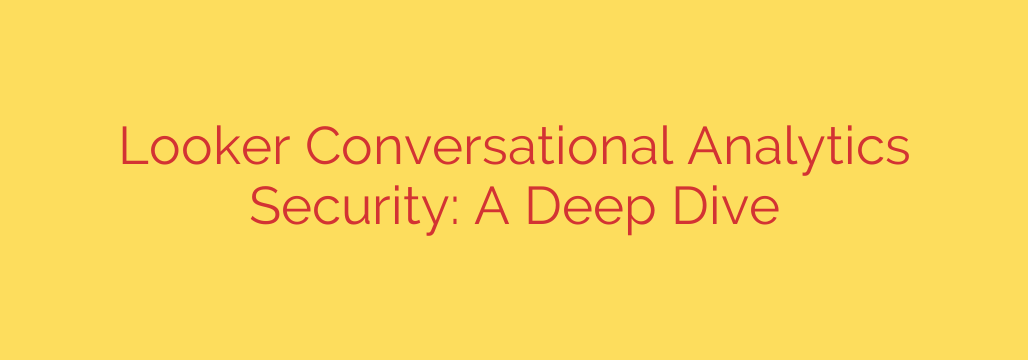
Exploring the security measures underpinning modern data analysis tools is crucial, especially when interacting with data through intuitive interfaces like conversational analytics. Ensuring the confidentiality, integrity, and availability of your data is paramount. A robust framework relies on integrating tightly with existing governance policies and security controls.
Fundamentally, data access within conversational analytics respects the user permissions and roles defined in the underlying data platform. This means individuals can only query and view data they are already authorized to see. The system doesn’t grant new access; it merely provides a different way to interact with data based on pre-established rights. This adherence to existing access controls is a cornerstone of its security posture.
Furthermore, interactions with the conversational interface are subject to the same auditing and logging capabilities as traditional data exploration. Every query, every request, is recorded, providing a clear trail for compliance and monitoring. This transparency is vital for maintaining accountability and detecting unusual activity.
The system is designed to prevent prompt injection attacks and other malicious inputs by carefully parsing and validating user input before converting it into data queries. This adds a layer of protection against attempts to bypass security protocols or access unauthorized information.
In summary, the security of conversational analytics rests on several key pillars: strict adherence to existing user permissions and data governance policies, comprehensive auditing and logging, and robust input validation. These measures collectively aim to provide a secure yet intuitive way for users to explore their data while maintaining stringent data protection standards.
Source: https://cloud.google.com/blog/products/business-intelligence/understanding-looker-conversational-analytics-security/








